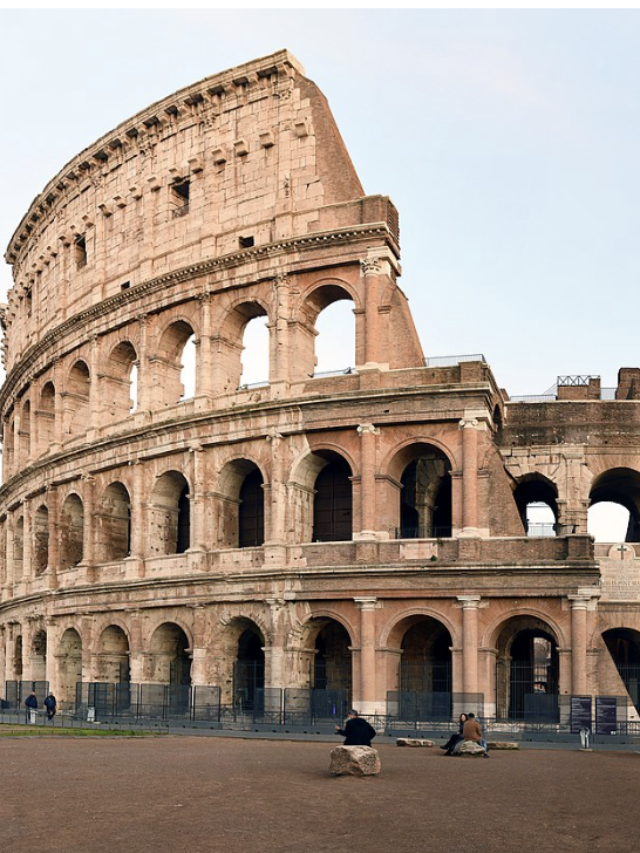Introduction
The world is home to an array of architectural marvels that captivate the imagination and inspire awe. These famous buildings not only showcase human ingenuity and creativity but also hold historical and cultural significance. In this article, we explore the top 10 most famous buildings in the world, each representing a unique blend of architectural brilliance and historical richness.
1. Taj Mahal
Located in Agra, India, the Taj Mahal is the epitome of love and Mughal architecture. Built by Emperor Shah Jahan in memory of his beloved wife Mumtaz Mahal, this white marble mausoleum is renowned for its symmetrical beauty and intricate carvings.

2. Burj Khalifa
Dominating the skyline of Dubai, the Burj Khalifa stands as the tallest building in the world. This marvel of modern engineering reaches a staggering height of 828 meters and features an observation deck that offers breathtaking views of the city and beyond.

3. Eiffel Tower
A global symbol of France, the Eiffel Tower in Paris is one of the most recognisable structures in the world. Designed by Gustave Eiffel and completed in 1889, this iron lattice tower attracts millions of visitors annually who ascend its three levels for panoramic views of the City of Light.

4. The Pyramids of Giza
The ancient Pyramids of Giza in Egypt are among the oldest and most enduring symbols of human civilisation. These monumental tombs were constructed over 4,500 years ago for the pharaohs and remain a testament to ancient engineering prowess.

5. Hagia Sophia
Located in Istanbul, Turkey, Hagia Sophia has served as a cathedral, mosque, and now a museum. Its massive dome and stunning mosaics exemplify Byzantine architecture, making it a significant cultural and historical landmark.

6. The Colosseum
Rome’s Colosseum is an iconic symbol of ancient Rome’s grandeur. This massive amphitheater, capable of seating 50,000 spectators, once hosted gladiatorial contests and public spectacles. It stands today as a testament to Roman engineering and architectural innovation.

7. Angkor Wat
Angkor Wat in Cambodia is the largest religious monument in the world. Originally constructed as a Hindu temple dedicated to Vishnu, it gradually transformed into a Buddhist temple. Its intricate bas-reliefs and majestic towers draw tourists and historians alike.

8. Leaning Tower of Pisa
The Leaning Tower of Pisa in Italy is famous for its unintended tilt. Built over 199 years, this freestanding bell tower is a testament to medieval engineering and attracts visitors who marvel at its unique angle and historical significance.

9. Forbidden City
Located in Beijing, China, the Forbidden City served as the imperial palace for Ming and Qing dynasties. This sprawling complex of traditional Chinese architecture includes nearly 1,000 buildings and is a UNESCO World Heritage site.

10. Acropolis of Athens
The Acropolis of Athens is an ancient citadel perched on a rocky outcrop above the city of Athens. It is home to several ancient buildings of great architectural and historical significance, the most famous being the Parthenon.

These top 10 famous buildings in the world reflect a diverse range of architectural styles, cultural heritage, and historical importance. They stand as landmarks that continue to inspire and attract millions of visitors from around the globe.







